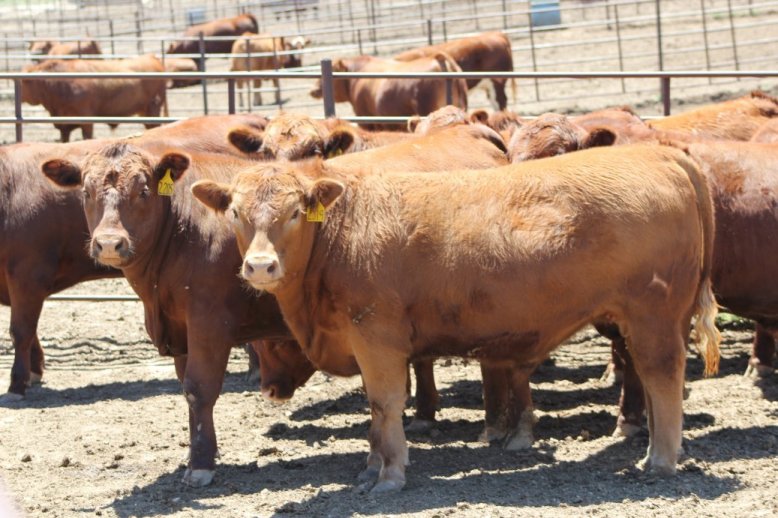
This article is a summary of the 2018 Nebraska Beef Cattle Report “Effects of Kernel Processing at Harvest of Brown Midrib Corn Silage on Finishing Performance of Steers.” Lauren A. Ovinge, F. Henry Hilscher, Curtis J. Bittner, Bradley M. Boyd, John N. Anderson and Galen E. Erickson were collaborators on this research study and report. The report is summarized by Aaron Berger, Nebraska Extension Beef Educator.
Corn silage is frequently used in beef cattle diets as a roughage source. Increasing the nutrients available from corn silage through genetic improvement and processing are two ways that feed quality can be improved. Research conducted by the University of Nebraska compared three different corn hybrids to each other and also evaluated the impact of kernel processing at harvest on silage quality. The three hybrids evaluated included a control variety, a brown midrib variety and a brown midrib variety with a softer endosperm. Half of each of the hybrids planted were harvested with kernel processing and the other half without, resulting in six different silages to compare to one another. Kernel processing is where the harvested corn goes through a counter-rotating roller that cracks or flattens the corn kernels between the cutterhead and blower. These three hybrids were harvested at the Eastern Nebraska Research and Education Center near Mead, Nebraska between September 2 and 12, 2016 and stored in sealed AgBags®.
After the silage had fermented, 360 crossbred yearling steers averaging 882 pounds were divided into 36 pens with 10 steers per pen. The 36 pens were divided equally across the three hybrids with 12 pens per hybrid. Each of the hybrids was further divided with six of the pens being fed silage that was not kernel processed and six of the pens being fed silage that was. The corn silage was fed as 40% of a finishing diet. The cattle were fed for 104 days prior to harvest.
Cattle fed the two hybrid varieties that contained the brown midrib trait were shown to have improved average daily gains and lower feed to gain when compared to the control variety of corn silage. Across the three hybrids, kernel processing tended to reduce feed intake with there being no difference in average daily gain when compared to non-processed silage. This resulted in a 2.6% improvement in efficiency when kernel processed silage was fed at 40% of the diet. This would calculate to be an estimated improvement of 6.5% (2.5/0.4) for silage that was kernel processed when compared to not processing the silage.
This research would indicate that the use of kernel processing can improve the quality of silage as feed in beef cattle diets across corn hybrids, including those containing brown midrib traits. Kernel processing can have additional benefits such as breaking up cobs into smaller pieces and crushing plants which can improve silo compaction. Kernel processing at the time of silage harvest does increase cost. The cost of kernel processing should be compared to the expected value to be gained from feed improvement to determine if the additional cost is justified.
To listen to BeefWatch podcasts go to: https://itunes.apple.com/us/podcast/unl-beefwatch/id964198047 or paste http://feeds.feedburner.com/unlbeefwatch into your podcast app.